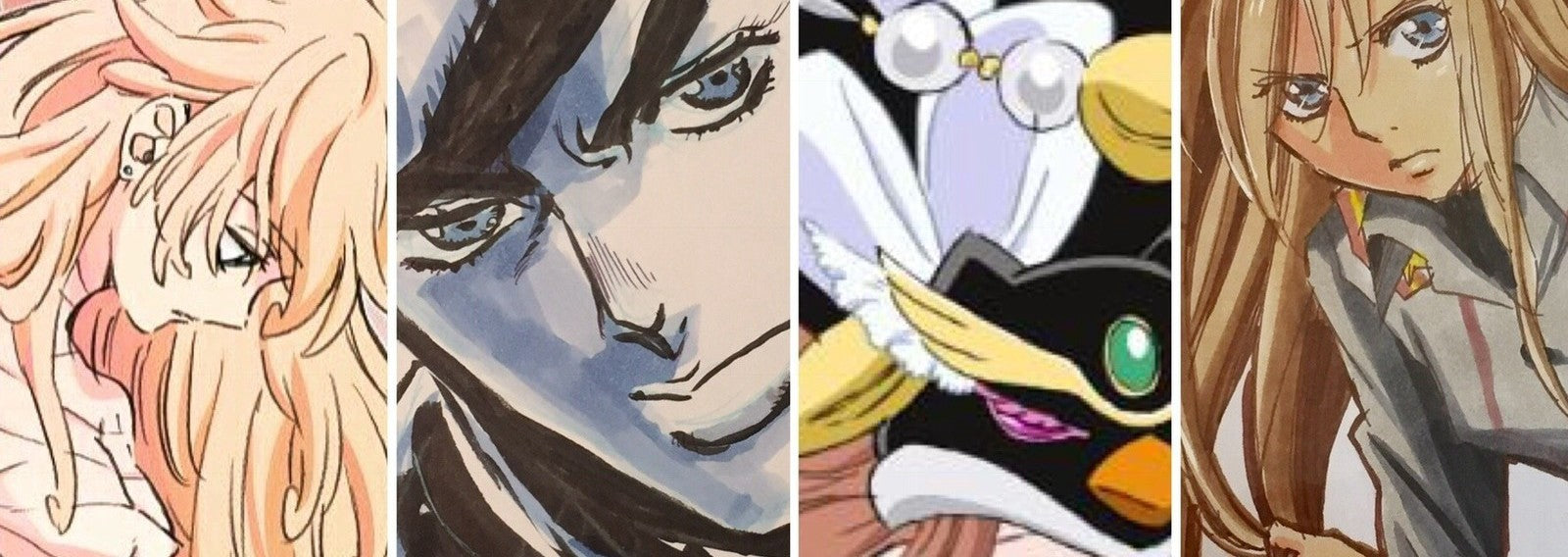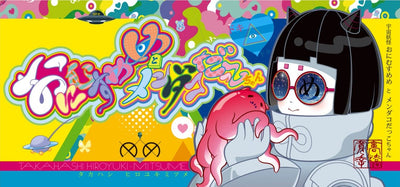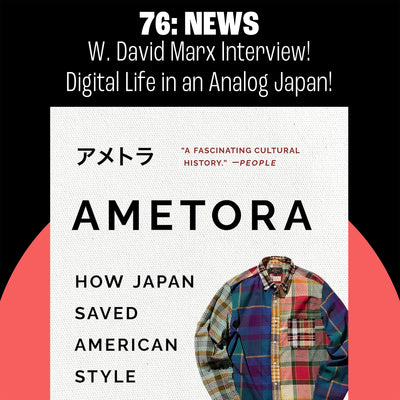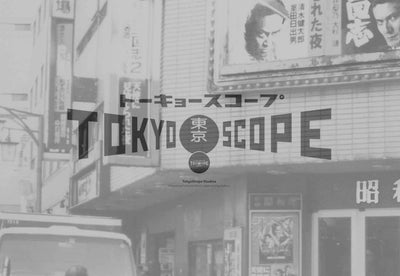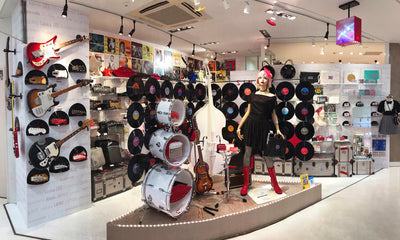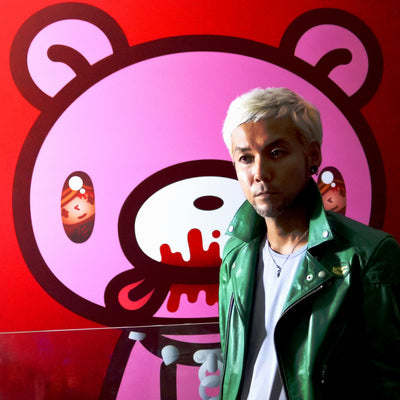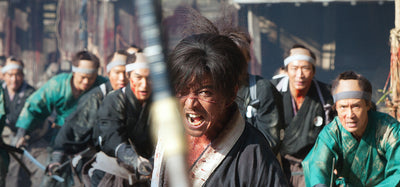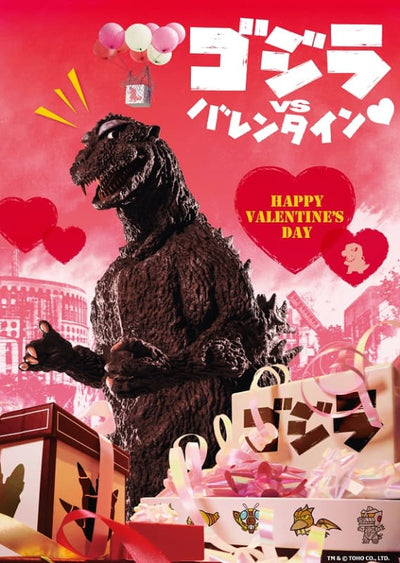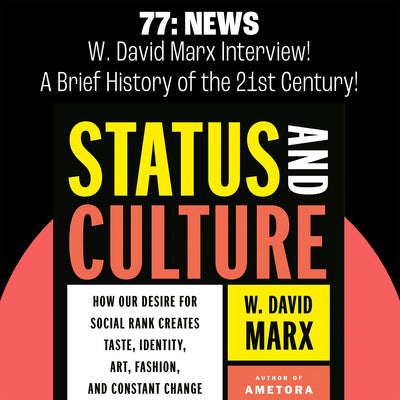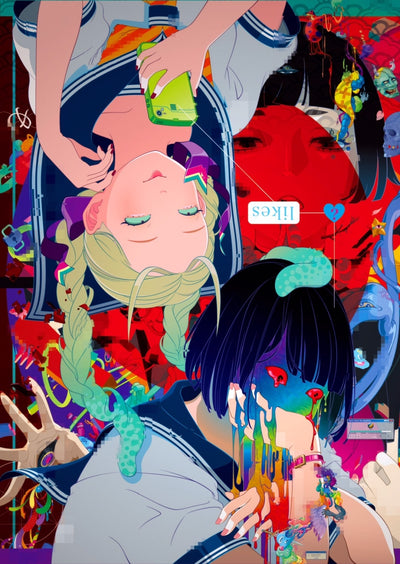
Terumi Nishii is an animation director and character designer who has had a long career in Japan working on such hits as One Piece, Pokémon, and JoJo’s Bizarre Adventure: Diamond Is Unbreakable
In April 2019, Terumi made headlines when she tweeted in English about difficult working conditions within the anime industry, flat out telling her audience of mostly foreigners, “No matter how much you like anime, it is not advisable to come to Japan and participate in anime work. Because the animation industry is usually overworked”.
In this interview with Terumi, we zero in some of the biggest problems facing animators in Japan today with some possible solutions and rays of hope.

What made you want to work in the anime industry?
Terumi Nishii: Actually, I originally wanted to be a manga artist. I was working with someone from the Shonen Jump editorial team to get my work published, but then I saw Evangelion and I decided I wanted to make anime instead. It just looked cooler. I was in junior college when Evangelion became really popular and I wanted to work on something like that or Revolutionary Girl Utena.
What were the conditions like when you first entered the industry?
It was really fun. I moved from Osaka to Tokyo to work in a studio. It was the best time in my career and in my life. I was in sort of a training program in an anime studio called Cockpit. I could do the thing I loved and get some money for it. It wasn’t enough to live on — I was only getting paid 2800 yen a month (about US$25.00) during the testing period — but I was only doing tracing of other people’s drawing. A few months later I was offered a job there for around 50000 yen a month (about US$450) doing phone operator work, sales, and some project managing.
How did your career develop from there?
I worked under Kagawa Hisashi, the animation director of Sailor Moon, for a while. Then I worked under the My Hero Academia character designer and animation director Yoshihiko Umakoshi for ten years. Next, I worked for director Kunihiko Ikuhara on Penguindrum (2011) and that’s when I started working more independently and getting bigger projects. Recently, I worked on the Netflix version of Saint Seiya, but it’s probably been JoJo’s Bizarre Adventure: Diamond is Unbreakable that has gotten me the most international attention.
What made you want to speak out recently about the negative side of the anime industry?
Around 2014, I was working on the Mushishi TV anime, but it was taken off the air because they didn’t meet the production schedule and had to take a whole season off to catch up. I felt really bad about that. Then I started looking around the industry and saw that things like that were happening more and more. Shows were not able to meet their deadlines. And that’s when I started to realize there was a problem.
JoJo’s began having similar issues as well, and around 2015–2016, it just felt like there weren’t enough people who could do the work sufficiently. The industry was getting into a situation where no one could even make storyboards correctly and the big studios could no longer find outside vendors who could do the work. That wasn’t an issue before.

What do you think are the root causes of these staffing problems?
There’s a situation now where there are more and more anime shows than there used to be, and you are not allowed to reduce the quality of the animation, so there’s a lot of overwork. There didn’t used to be so much outsourcing in the industry before, but now there is lots of it. And that has increased the number of people that have to work on each project. In the past, it might take 2 months to complete a job, but these days you have double the number of people working to try and complete a project in 1 month.
So if you have a series that goes from a 12 episode season, to 24 episodes, and 36 episodes, and keeps continuing then it expands the number of people who are working on the project. It requires more management and just makes everything more complicated.
Instead of an anime project being made in one studio, it is outsourced to 10 different studios and everyone is working on multiple projects at the same time. And if you have to keep the quality high, while trying to shrink the timeline down to complete projects, then that just makes the job tougher and tougher. The project managers really can’t sleep. They are working hard 24/7.
You tweeted that “…with the increase of the number of works in recent years, some people have broken mind and body”. Do you have more specific examples?
Two of my sempai died in their 40s and I definitely think it was because of overwork. A lot of people have had aneurysms or heart attacks because of overwork. Lots of people working on projects have to be stopped because of doctor’s orders telling them they need to rest. I know someone who was working as a project line manager who had an issue with blood clot in his leg and couldn’t walk and had to take time off. There are cases where people die, and those often make the news, but there are a lot of cases that you don’t hear about where people are overworked and have to take a break for medical reasons.
Is the anime industry looking for any solutions to these problems?
Most people are resigned to the situation as it is now, and I don’t really see a lot of people trying to fix the situation. The studios actually only have a few employees and are outsourcing and using contractors for everything, so it’s a problem that can’t be fixed by just one company alone. Everybody has to do it together. Since everything is already outsourced and in the middle of all these projects, it’s really really hard to fix the problem.
20 years ago, the situation wasn’t like it is today. There wasn’t as much work so the industry was a little more picky about staffing. These days, there’s way too much work and there’s not enough people. So if you have some level of talent, then you can find a place in the industry somehow. That doesn’t mean you will make a lot of money or make a living, but you can participate.
Retention is also really bad in Japan. There’s lots of great artists in Japan and lots of young people want to get into the anime industry but when I started back in the late 1990s, ten people would enter the studio and within 3 years 80% of them would be gone and only two people would remain. There’s no good statistics for how many animators there are in the industry and how long they actually stay, but from my experience, this is what I think is happening. I only know a few people now who started in my same class who are still working now.
Do you think the quality of anime getting worse?
Yes, it is.

We’ve talked a lot about the problems facing the anime industry. What are some of things that can be done to help it?
Currently, I am working at a company that is trying to hire talented artists as actual employees (not contractors) and is teaching them digital methods to make Japanese-style anime using technology.
We’re starting to see some anime come out now that was made using CGI but it looks like old hand drawn 2D style, so I believe there could be a solution using both methods to create a hybrid.
There are advantages and disadvantages for making anime with either CGI or 2D, but I think there are more advantages if we move towards a digital process. There is a lot of waste when you make anime using the old analog method. So I’m trying to figure out how to merge the two styles together so that viewers can still enjoy Japanese style anime while taking advantage of technology to make it a more efficient process.
Another big advantage of going digital is that we can work with overseas vendors easily so they can participate in the process, too.

What can anime fans do to help people working in the industry?
I get this question a lot from anime fans in Japan. They say things like, “We buy lots of anime goods, but the money never gets to the creators and they are still struggling. What can we do?”
The easiest and most popular solution now is to go to a fan event like Comiket and buy doujinshi (a self-published book) direct from an animator working on your favorite show. When you do that, your money goes directly to them.
Then there are things like Pixiv FANBOX, which is a bit like Patreon. I have a Patreon account too, but it’s a little bit hard for me to manage because I have to do everything in English and I don’t know how to communicate so well with overseas fans. But I guess that’s one method for international fans to support animators that are working on projects that they like.
What else do we need?
We need more people who understand the industry but see the injustices and the problems and then passionately try to fix them. We need people like that help us figure out how to help creators make money.

What about overseas companies who are heavily investing in anime?
We have not felt the effects at all. You often hear about big budgets going towards anime, but I don’t feel like a lot of that money is being spent on great artists.
Payment is another challenge. Because of the way that payments are made to the industry, they may be partial payments or it takes a while for payment to happen. When a projects is commissioned they say, “Ok make 12 episodes. We will start paying you after you complete 12 episodes.”
That’s not necessarily a bad thing but it’s not the way that anime has normally been made in the past, so that might be affecting the way that budgets are spent now. It’s a new process. Nobody is really used to making anime this way so it might be difficult to manage it.
A good way to do it would be if small teams could make the entire production in-house, without outsourcing, like Mecha Ude.

Utilizing small teams that do high quality work without a bunch of checkers in between would be one way to increase efficiency. But there’s not a good training process to get animators to the level where they don’t need a bunch of quality control.
What’s happening now is that someone makes a first cut, then a second cut and then the animation is brushed up and finalized. The person who does the brush up should be the person doing the animating from the very beginning.
The problem is we don’t have those kinds of highly skilled people because there isn’t a good training process and industry doesn’t pay the good artists enough. If then people who could produce high quality animation were being paid correctly then you would see more people stick around.
Do you have anything else you’d like to say to foreign anime fans?
Every time I go overseas to an anime event, there are always fans that come to me and say, “I want to be an animator too. How can I become part of the industry?” At these events, I’m usually pretty polite and soft on these issues. But I think that if these young people really want to enter the anime industry, they can try, but they really need to understand the conditions: there’s no union for workers and there’s not a lot of protection.
I feel bad that I may have said things that would discourage aspiring animators from overseas. I didn’t really intend to do that. I just wanted artists who want to enter this industry to understand that the conditions are pretty severe right now. They should understand that before they try to enter this world.
I actually want foreigners to enter this industry to help to change it for the better. So I really do welcome them to enter this industry.
This interview has been edited for clarity and brevity

THE CROWN OF OUROBOROS COLLECTION BY TERUMI NISHII IS AVAILABLE EXCLUSIVELY AT THE TOKYOSCOPE STORE!
—
Terumi Nishii on Twitter (English): nishiiterumi1
Terumi Nishii on Patreon: www.patreon.com/NISHII_Terumi

